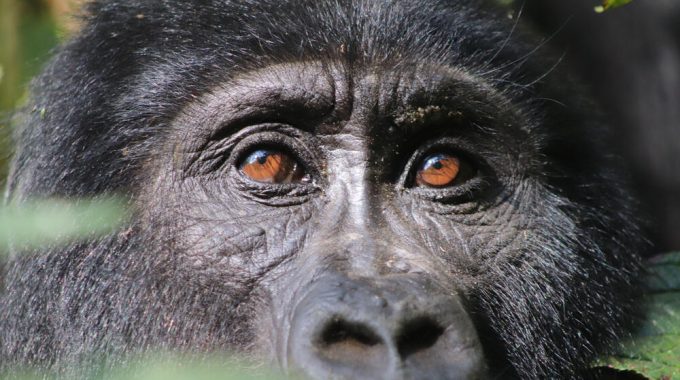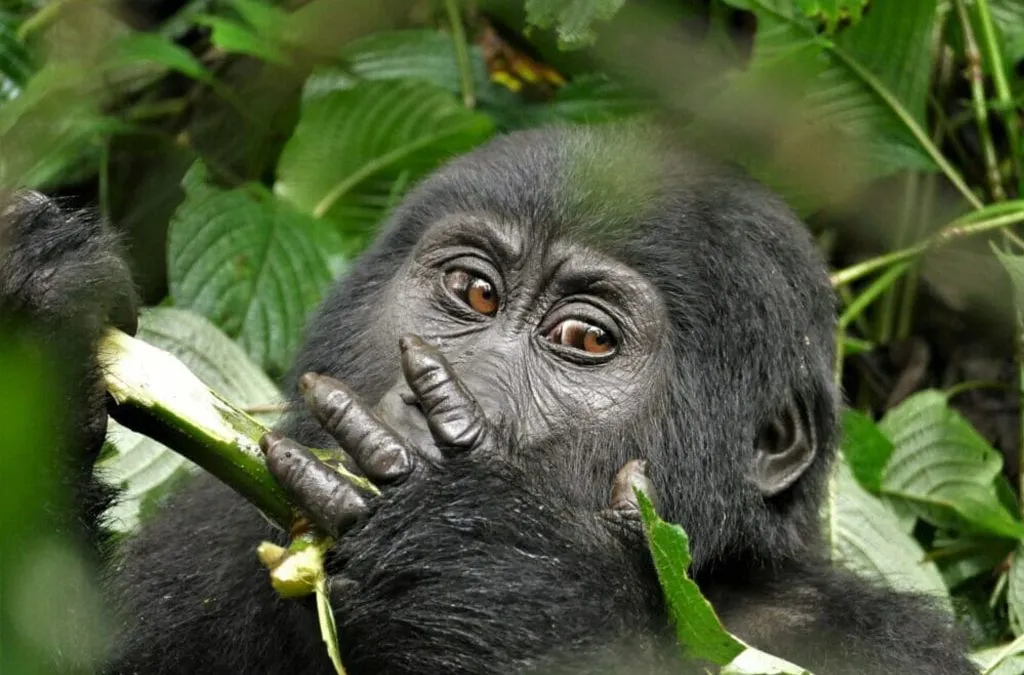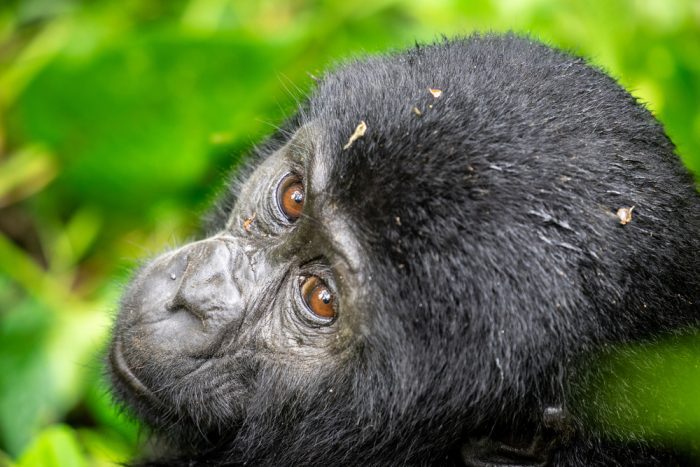
When to Go Gorilla Trekking in Rwanda and Uganda?
When to Go Gorilla Trekking in Rwanda and Uganda?
Gorillas can only survive in the wild which makes gorilla trekking to see them in their natural habitat a once-in-a-lifetime journey, standing a few meters from a gorilla family under the gaze of a dominant silverback is of one of the most intoxicating wildlife experiences on earth.
Rwanda and Uganda are the two best places to see mountain gorillas; Bwindi Impenetrable National Park and Mgahinga Gorilla National Park in Uganda and Rwanda’s Volcanoes National Park. Because of the deforestation and poaching among other factors, mountain gorillas are critically endangered, there population has dwindled to an estimated 1,064, surviving into two populations in the Central Africa rainforests.

The best time to go gorilla trekking safari in Rwanda and Uganda are during the dry (but hot) seasons between June – September, and December – February.
High/peak season: June – August
Low Season: April – May and September to November
Best Weather: Between June – September, and between December – February
Worst Weather: Between March – May and September – November
Climate, seasons and best months to visit
In Rwanda and Uganda, the climate, gorilla trekking conditions, tourism seasons are more or less the same. Gorilla trekking is a year round activity, but there are some important considerations when timing your gorilla trip.
In my experience, the overall best weather is during the two dry seasons, which run from June – September, and December – February. You can still expect some rain during these periods, but conditions are generally more comfortable and the trails less muddy.
June – September are the driest, with light showers during December –February.
The rainy seasons, from March – May and September – November, can be very soggy. March – May brings the heaviest rains, and the going can be tough especially in Uganda’s Bwindi Impenetrable Forest, which is generally steeper, muddier and denser than in Rwanda’s Volcanoes National Park.
Still, gorilla tourism remains open year-round. It will be much quieter during the rainy/off season and you might find some good deals.
Travel Tip – The advantage of visiting in the “Shoulder” period either side of the rainy season is that the prices are lower, crowds are lighter and the rains might be easing off.
When to go Gorilla Trekking in Rwanda
Gorilla trekking safaris in Rwanda can be done year-round, however, rainfall is heavier in September – November and March – May, when paths can become muddy and difficult to hike.
Remember you are visiting a rainforest, it will, by definition, be wet all year round.
That being said, there is still a marked difference between the dry and rainy seasons. The weather is generally drier and hotter between June and September, and gain from December to February. These are visitors most preferred months to go gorilla trekking in Rwanda.
During March and May, and again from September to November you can expect more frequent and heavier rain showers. Muddy roads and paths can become tricky to handle.
Temperatures are constant year round between 21°C (70 F) and 30°C (86 F), dropping to 10°C (50 F) at higher altitudes. Although chilly at night, the exertion of hiking and climbing will keep you warm during the day.
The advantages of visit in dry season are less muddy paths, easier hiking and clearer views of the wildlife. The disadvantage is that this is peak tracking season and therefore permit availability is lower. You will need to book well in advance.
Peak Season & When to Book
Peak tourism seasons are June to August and around Christmas and New Year. If you plan to go gorilla trekking in Rwanda during peak season or if you are in a larger group, you should book six months or more in advance. The earlier you book your gorilla trek, the more choice you have on where you trek gorillas and where you stay. Last-minute bookings may be possible during low season or with smaller groups.
Aside from more choice in permit and accommodation availability, there are some other pros to visiting during rainy season-not least that smaller group sizes allow a more intimate trekking experience.
If you have little more it is, in theory, possible to see mountain gorillas in Rwanda in just one day –if you fly in very early in the morning. However, it is strongly recommended to spend at least two or three days in the region. The altitude and exertion of the climb can be unpleasant when rushed, and it is worth spending some time acclimatizing. Also, there is so much more to explore in Rwanda than just one hour with the gorillas.
When to Go Gorilla Trekking in Uganda
Gorillas in Uganda can be tracked throughout the year, however, rainfall is heavier in November and April/May. During those times, it can be very muddy underfoot. The advantage is that the gorilla permits are a little easier to obtain and you may find fewer tourists on your trail thus an imitate gorilla trekking experience.

If you plan to travel during peak season or if you are in a large group. We recommend you book six months or even a year in advance. Peak seasons are June to October and Christmas and the New Year. The earlier you book the more choice you have on where you stay and where you track.
Last-minute bookings may be possible during low season or with smaller groups, but cannot be guaranteed.
Permit & Accommodation Availability
Permits and accommodation during the peak summer months of June – August sell out a long way in advance. If you are set on visiting during the peak months you may need to book at least a year in advance.
